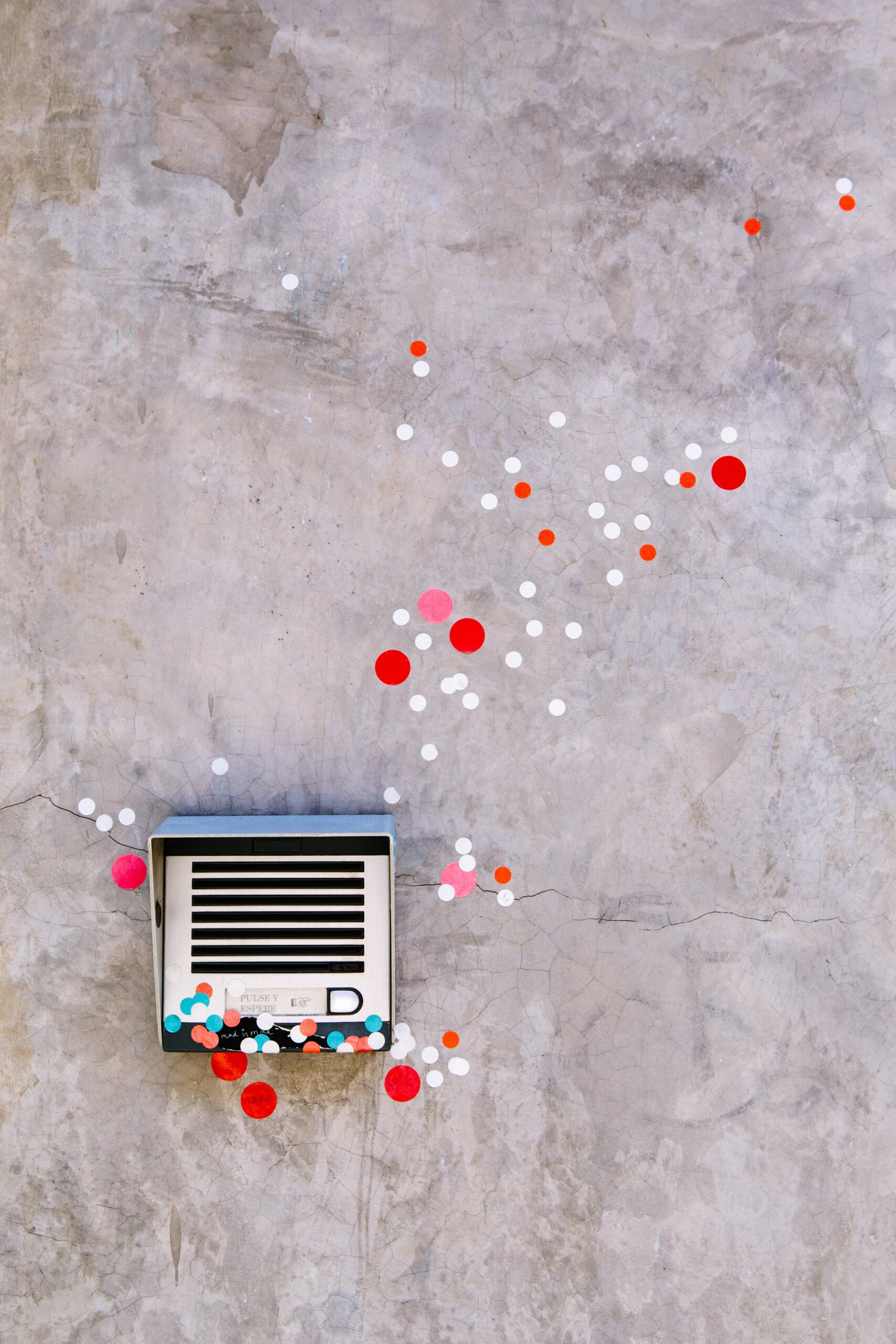Views
20/10/2023
5 Practical Strategies to Combat Ad Fraud

Ad fraud is a crime that’s far too easy for criminals to perpetrate, costing advertisers billions. According to Juniper Research, Australian businesses lost $US 1.97 billion to ad fraud between January and June 2023 and that number could rise to nearly $US 4 billion by the end of this year. That is to say, it’s time to learn how to combat ad fraud.
Make it as difficult as possible for the fraudsters to steal your ad budget
“At Audience Group we take a zero trust approach to buying media”
– James McDonald, Director, Audience Group
To help you protect your ad spend, here are five practical strategies to minimise ad fraud.
- Create Conversion Events
Create conversion events on your website that are difficult for bots to replicate. If you optimise your ad buys to these events, you will then be able to quickly identify fraudulent sites. That’s because they will show up as being ineffective against a human conversion point. Weed out ineffective sites or ask your media buying agency to demonstrate that they are doing so. - Measure Human Behaviour
Fristly, find indicators that measure human behaviour. Secondly, connect your advertising efforts to these measures, especially online. Consider what your objective is for buying online media for a particular campaign and develop measurements that will help identify issues with your online ad effectiveness.
- Example: Audience Group developed a Share of Saliency model, derived from human observed actions, which is a leading indicator for future sales. We track the rise and fall of this index against our clients’ media mix to measure the effects of display and video advertising. If we are spending online and seeing no positive movement in the share of saliency model, therefore we know we have a problem in the execution of online buys.
- Example: Audience Group developed a Share of Saliency model, derived from human observed actions, which is a leading indicator for future sales. We track the rise and fall of this index against our clients’ media mix to measure the effects of display and video advertising. If we are spending online and seeing no positive movement in the share of saliency model, therefore we know we have a problem in the execution of online buys.
- Take the time to Build and Maintain a Whitelist
Create your whitelist of trusted sites to ensure your ad spend is secure. Review your media placements and pay attention to sites generating conversions. Once you spot the sites with high traffic but low conversion, then you can banish them from your whitelist. We do this on behalf of each of our clients and maintain an agency whitelist as well. - Partner with Reputable Publishers
Work with premium publishers and walled gardens known for their low tolerance of ad fraud. Trustworthy partners can help safeguard your ad budget and reduce your risk of ad fraud. - Work with a Media Buying Agency with a Zero Trust Approach to Ad Fraud
Ads are meant to serve impressions and even fraudulent ads do that. Many a media agency legitimately makes money from such ‘not so legitimate’ transactions. However, they haven’t set out to buy fraudulent traffic on your behalf. Most will be using a reputable ad fraud and verification company to prevent this from happening. The problem is: fraudsters are a step ahead of the fraud catchers.
At Audience Group we take a zero-trust approach to buying media. If we don’t think is genuine, we won’t buy it. To safeguard our clients’ ad budgets, we only buy on their behalf from a curated list of sites that are carefully vetted before they are added to our whitelist.

Stick to these practical strategies to outsmart as much ad fraud as you can.

